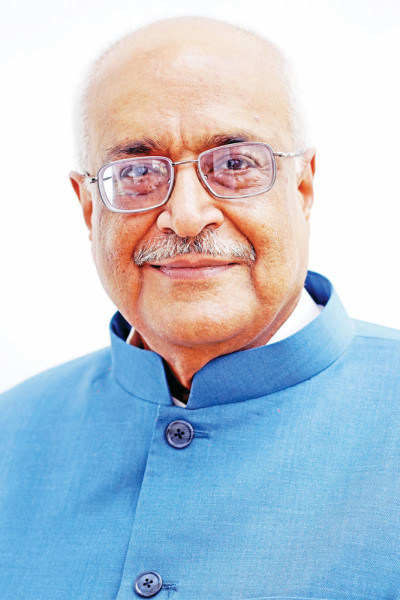Weakening exchange rate driving down remittance flows

The flow of remittance to Bangladesh has been shrinking for the last several months as the number of people going abroad in search of jobs is declining and money transfers through informal channels like hundi have made a comeback with the ease of pandemic restrictions.
Expatriate Bangladeshis sent home $1.65 billion in October, down 4.6 per cent from the previous month and 21.7 per cent year-on-year, data from the Bangladesh Bank showed.
Speaking about the factors for the sharp decline in remittance, Debapriya Bhattacharya, a distinguished fellow at the Centre for Policy Dialogue, says the first thing is that the number of Bangladeshis going abroad for jobs has fallen over time.
Moreover, as people's international movement resumed after a lull for more than a year owing to coronavirus restrictions, the global hundi cartel, which operates an illegal cross-boundary financial system, has become active again.
But the flow of remittance, which plays a major role in strengthening the country's foreign exchange reserves, fell 20 per cent year-on-year to $7.05 billion in the first four months of the current fiscal year.
The decline came after it had posted 36 per cent year-on-year growth in the last fiscal year, the sharpest in 30 years.
Expatriates sent home $24.78 billion in 2020-21 compared to $18.2 billion a year ago.
The noted economist attributed the last fiscal year's surge to the 2 per cent premium on the exchange rate, which incentivised the senders to use the formal channels to transfer money.
The recent weakening of the exchange rate has neutralised the exchange rate incentive, said Bhattacharya.
In recent months, the gap between the official rate and the kerb market rate of the US dollar has widened to almost Tk 5.
"As a result, more money is coming through the informal channel," said the economist.
While the official exchange rate is around Tk 85 per US Dollar, the corresponding rate in the open market is about Tk 90.30.
"This downward pressure on the exchange rate is driving down the remittance flows," said Bhattacharya.
He said the sterilising operation by the Bangladesh Bank did not fully stabilise the situation.
The central bank sold US dollars amounting to $1.38 billion in the July-September period.
Remittance income plays a critical role in supporting consumption expenditures and will be crucial in the post-Covid-19 recovery across countries.
"If there is an aggregate fall in the inflow, formal and informal together, it will negatively impact poverty alleviation and the recovery," said Bhattacharya, also the convenor of the Citizen's Platform for SDGs, Bangladesh.
"But we should not look at the immediate reasons for the decline in remittances alone. We also need to pay attention to the basic structural factors that are impeding greater remittance flow to Bangladesh."
He says the incremental remittance inflow is being sourced from non-traditional markets and beyond that of Saudi Arabia or Emirates.
"So, it is time to concentrate on the new markets."
However, new markets will demand new skills.
Currently, per capita inflow for Bangladesh is very low in comparison to even Sri Lanka and the Philippines, which send mostly skilled workers abroad.
"So, we should concentrate on skills," said Bhattacharya.
"It will resolve the fundamental point as Bangladeshi migrant workers are concentrated in low-skill jobs."
"Providing the special 2 per cent is a band-aid, but we need fundamental treatment of the issue which is more high skilled workers and market diversification."
On August 8, Bhattacharya said that the magic of the recent high remittance flow might be wearing off for Bangladesh.
The government is, however, bullish about the remittance flow.
On October 6, Finance Minister AHM Mustafa Kamal said that remittance flow would return to normalcy in three months.


 For all latest news, follow The Daily Star's Google News channel.
For all latest news, follow The Daily Star's Google News channel. 



Comments